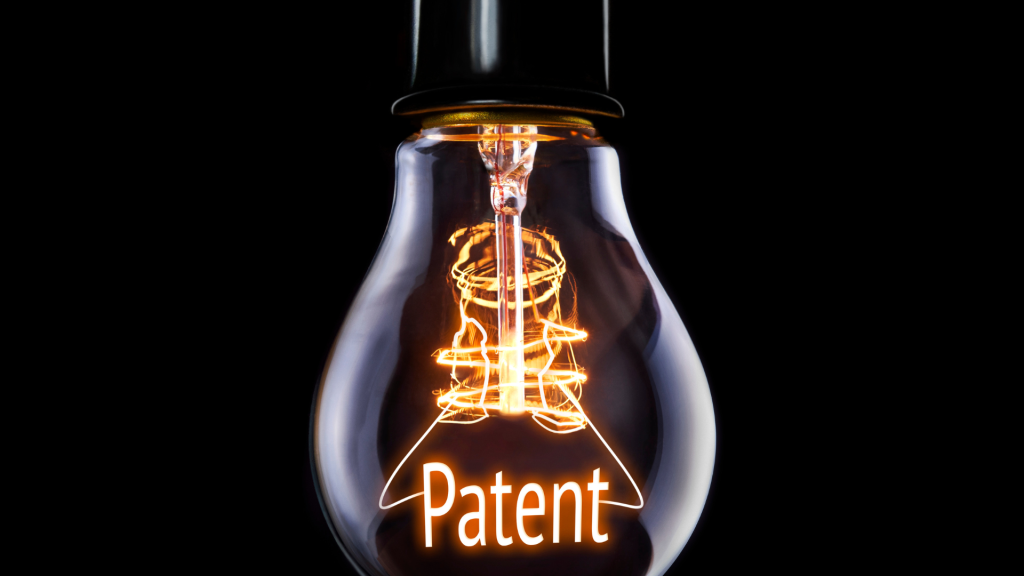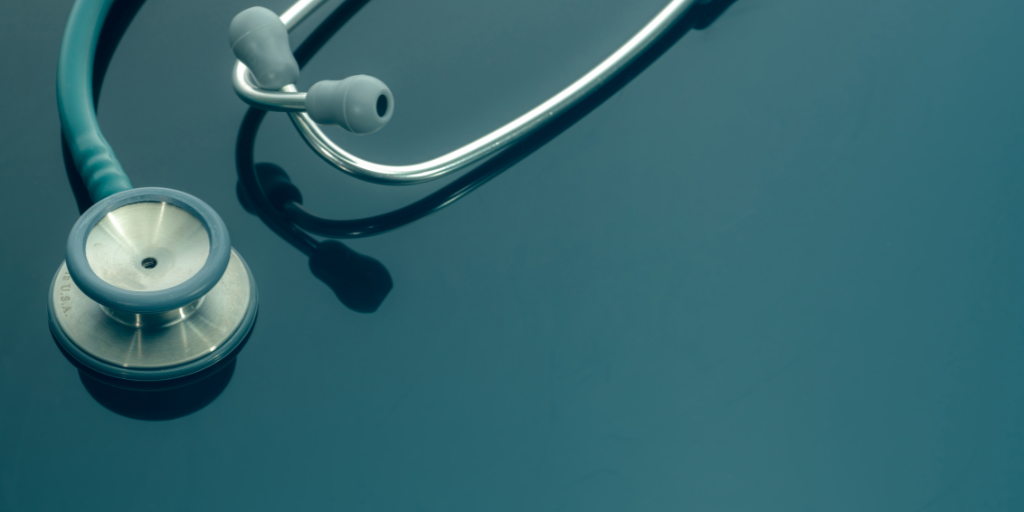Life science companies invest substantial resources in research and innovation to drive medical advancement. To maintain the momentum of innovation, it is crucial to ensure clarity and certainty in patent eligibility.
The US Supreme Court in Mayo Collaborative Servs v Prometheus Lab’ys (2012), ruled that the diagnostic patents in suit were invalid because they merely described the natural correlation between the drug’s metabolite levels in the blood and its effectiveness. Following Mayo, the Supreme Court, in Alice v CLS Bank Int’l (2014), articulated a two-step test for examining patent eligibility under 35 U.S.C. § 101.
Under this test, a patent claim is ineligible if it 1) is directed to a patent-ineligible concept (such as laws of nature, natural phenomena, and abstract ideas), and 2) lacks elements sufficient to transform the claim into a patent-eligible application.
However, there is wide consensus that patent-eligibility law suffers from confusion and inconsistency. Various Federal Circuit judges described the state of patent eligibility law as unclear, often leading to arbitrary results. Judge Dyk, for instance, expressed concerns that “a too restrictive test for patent eligibility under 35 U.S.C. § 101 with respect to laws of nature (reflected in some of the language in Mayo) may discourage development and disclosure of new diagnostic and therapeutic methods in the life sciences, which are often driven by discovery of new natural laws and phenomena” (Ariosa Diagnostics v Sequenom [Fed. Cir. 2015], Dyk concurring in the denial of the petition for rehearing en banc).
Similarly, Judge Moore observed that Mayo has been turned “into a per se rule that diagnostic kits and techniques are ineligible” (Athena Diagnostics v Mayo Collaborative Servs [Fed. Cir. 2019], Moore dissenting from the denial of the petition for rehearing en banc).
Amid the ongoing debates surrounding the subject of patent eligibility, on May 1, 2023, CareDx, a transplant company, petitioned for a writ of certiorari after the Federal Circuit affirmed its three patents were invalid for claiming patent-ineligible subject matter (CareDx v Natera [Fed. Cir. 2022]).
CareDx was the exclusive licensee of three patents covering methods of cell-free DNA analysis for noninvasive monitoring of organ transplant rejection. The three patents share the same specification. In particular, the claims boil down to: 1) obtaining a sample from the transplant recipient that contains cfDNA; 2) genotyping the transplant donor and/or recipient to develop polymorphism or SNP profiles; 3) sequencing the cfDNA from the sample using multiplex or high-throughput sequencing or performing digital PCR; and 4) determining or quantifying the amount of donor cfDNA.
District court findings
In 2019, CareDx sued Natera and Eurofin in the District Court for the District of Delaware for infringing the three patents.
The district court granted the defendants’ summary judgment motions of patent ineligibility, observing that “the two steps of the Alice inquiry overlap” and that “where a patent claims a method for detecting a natural phenomenon, the dispositive inquiry under both steps of the Alice inquiry is whether the asserted method uses more than standard or conventional techniques of detection”.
After determining the asserted claims were directed to the detection of natural phenomena of cfDNA and the correlation between cfDNA and organ rejection, the district court agreed with the defendants that “the claimed detection methods are conventional” because the written description of the patents expressly stated that “[t]he practice of the present invention employs, unless otherwise indicated, conventional techniques”. In holding the asserted patents invalid, the district court dismissed CareDx’s counterargument that such boilerplate statements are common in biomedical patents and that it would be unfair to treat them as a “voluntary confession that there is no inventive concept in the specification”.
Appeal to Federal Circuit
CareDx appealed the district court’s decision to the Federal Circuit. The Federal Circuit affirmed the district court’s decision invalidating CareDx’s patents, applying the Alice framework and holding that “applying standard techniques in a standard way to observe natural phenomena does not provide an inventive concept”.
Under Alice step one, the court rejected CareDx’s argument that the claims were directed to improved laboratory techniques. Instead, the court found the claimed methods were indistinguishable from other diagnostic method claims that the Court found ineligible in Mayo and Ariosa Diagnostics v Sequenom (2015), where the claims merely recited the conventional use of existing techniques to detect naturally occurring cfDNA.
Regarding Alice step two, the court agreed with the district court that the asserted claims added no inventive concept because they merely recited well-known techniques in a logical combination. The court also found it persuasive that the specification admitted each step in the purported invention requires only conventional and commercially available technology.
Petition to the Supreme Court
Following its loss before the Federal Circuit, CareDx filed a petition for a writ of certiorari to the Supreme Court. In its petition, CareDx argued that the Supreme Court should take up its case on patent subject matter eligibility because, unlike other cases that focus on the abstract idea exception to patent eligibility, the Federal Circuit in this case applied the natural phenomenon exception to medical diagnostics, the field where the confusion in applying the jurisprudence of 35 U.S.C. § 101 “has caused significant practical harm”.
In its petition, CareDx pointed out that the “Federal Circuit has invalidated every single diagnostic-method patent it has encountered since Mayo”, powerfully undercutting the incentive to innovate and invest in life-saving medical diagnostics. CareDx also contended that its case gives the Court an opportunity to refocus the § 101 inquiry on the statutory text, ie, “new and useful improvement[s]” upon preexisting “processes”, arguing that the Federal Circuit panel conflated § 101 with § 103 nonobviousness and other aspects of patentability. CareDx therefore argued that the Supreme Court should clarify the differences between § 101 and § 103 and the appropriate role that “conventionality” plays at both steps in the Alice framework.
Former Federal Circuit Judge Paul Michel submitted an amicus curiae brief, urging the Supreme Court to grant the petition. In his amicus brief, Judge Michel highlighted what he viewed as a troubling trend of denying patent protection for medical diagnostic inventions, attributing it to an overly broad application of Alice and Mayo. He further urged the Supreme Court to take action to rectify the discrepancy where inventions ineligible for patenting under US law are eligible in Europe and Asia, and he proposed redefining the Alice/Mayo test and its invocation of the “inventive concept” requirement.
The Supreme Court has yet to rule on CareDx’s petition; however, about two weeks after CareDx’s petition, the Supreme Court denied petitions for two other cases on patent subject matter eligibility despite the Solicitor General’s recommendation for these cases—Travel Sentry v Tropp (Fed. Cir. 2022) and Interactive Wearables v Polar Electro (Fed. Cir. 2021). Indeed, the Supreme Court has denied all petitions on patent subject matter eligibility cases in the past few years. It remains uncertain whether the Supreme Court will make a different decision for the CareDx petition or continue to leave this issue to be resolved by Congress, where there is proposed legislation on the issue. Senator Thom Tillis introduced the Patent Eligibility Restoration Act of 2022, which attempts to address the confusion of patent eligibility through more specific patent eligibility standards. However, the bill still has a significant legislative journey ahead of it in Congress.
Undoubtedly, clarity on the subject of patent eligibility would be useful in facilitating the development of therapies, diagnostics, and treatments. However, until further clarification emerges, patent practitioners should exercise caution when drafting patent applications that could be interpreted as employing conventional techniques in patent applications.


